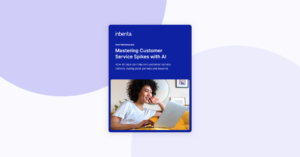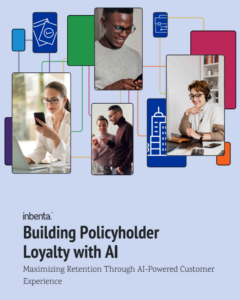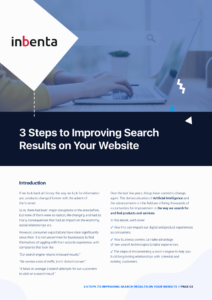Can your chatbot tell the difference…?
“I want to ship a book to France”
“I want to book a ship to France”
The exact same words used in a different order can have a dramatic impact on the meaning of a sentence. Human language is fraught with homonyms, or words with double meanings. While an average person can easily detect the meaning of words using context clues, the same cannot be said of all Chatbot technology designed to engage your customers.
For example, can your Chatbot tell the difference between a noun and verb? The reality is that many Chatbots struggle to understand context and meaning because of their configuration, or possibly lack Natural Language Understanding (NLU) capabilities. This is important because Chatbots are increasingly being deployed by companies to deflect customer questions from costly call center operations. These same companies also want to maintain a positive customer experience through meaningful customer service interactions.
According to Forrester Consulting, 50% of consumers said they often feel frustrated from their interactions with Chatbots and nearly 40% of these interactions were flagged as negative. Even more compelling is that one negative Chatbot experience can drive away 30% of customers.1
Many of these negative interactions stem from early generation Chatbots that lacked the technological breakthroughs – and, importantly, the ability to understand meaning and context – that are now available through today’s Conversational AI tools. These legacy bots were designed to gather contact information or act as a virtual waiting room, putting customers on hold until they could be contacted by a live agent. Second-generation Chatbots added Machine Learning (ML) to program the customer conversations with pre-defined questions and answers, or even industry specific workstreams, but these solutions couldn’t answer complex questions, respond to long tail queries, or engage customers in a meaningful way. Adding to customer frustration is the inability of these Chatbots to understand the contextual meaning of a question, forcing customers to seek out a live agent to facilitate a transaction or resolve an issue.
The good news is that today’s Conversational AI solutions excel at having meaningful conversations with customers through orchestration of Natural Language Processing (NLP), Machine Learning (ML), and Lexicons that get smarter with each interaction. Chatbots that use NLP can interpret human language by breaking queries into words along with the actual intent of the words within the context of the sentence. This semantic NLP process combines and links concepts to understand natural language. NLP solutions are also conversational in that they can process responses and ask clarifying questions, which results in more positive customer interactions, higher customer satisfaction, and the ability to generate faster resolutions.
Today, Conversational AI tools can be successfully utilized in a variety of different use cases. For example, Chatbots are widely used for customer support because they can act as an agent available to resolve issues automictically, answering commonly asked questions or making account updates, 24/7/365. Chatbots that are able to effectively complete even these simple tasks can provide a substantial return on investment. The right Chatbot can also be used on your website to help you automate the upsell and cross sell products based on customer conversations or search terms. Finally, Chatbots can be utilized internally by HR and IT departments to help train, onboard and answer employee questions.
If used correctly, Chatbots can have a significant positive impact on customer experience. According to Forrester Consulting, 61% of customers surveyed said they are more likely to return to a brand after a positive Chatbot experience and 56% would seek out Chatbots in the future after a positive experience. 1
The takeaway: companies that want to successfully deploy a Chatbot that leaves a positive impact of customer experience need a solution that can understand the context and meaning behind customer inquiries. Knowing the difference can be as great as booking a ship and shipping a book.
Citations:









